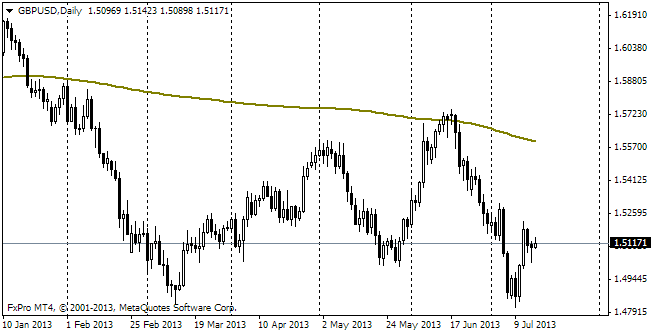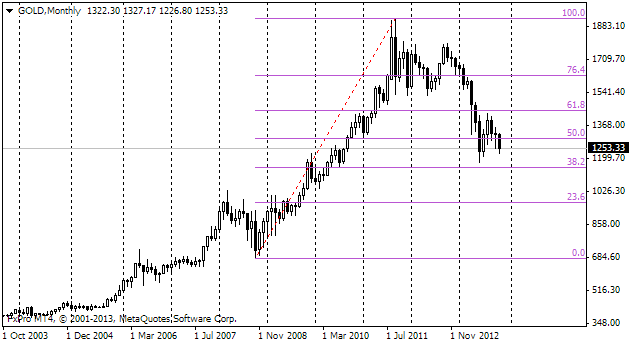EUR/usd
As expected, the ECB is trying to put pressure on the single currency. On Monday several members of the EU CB made it clear that the current rates are not ultimate. The bank still can afford to decrease them. Besides, it seems that while the ECB has been keeping the deposit facility rate zero, officials have worked out for themselves a technical possibility of negative interest rates. Now this measure doesn't look extreme and entailing unpredictable consequences. The reasons why euro-officials put pressure on the single currency are quite understandable. Since the rate cut at the beginning of the month the euro instead of falling even has slightly grown against the dollar. Against the yen the currency is trading at the highs of 2009. Then the pair had made four attempts to break above 136.00, but quickly reversed down. Euro-officials attach to the rate of the euro against the yen almost as much attention as to its rate against the dollar, so they will hardly put up with the fading prospects of economic growth due to export extension. This European way to combat the crisis will be put at threat if the euro remains high for a few more months. Yet it seems that even Bundesbank regards the rate cut as the lesser evil than asset purchasing to its balance sheet. Last night its president Weidmann pointed out that the CB shouldn't enter into new commitments, but rather observe the old ones. He also emphasized that if the Bank became a kind of guarantor of the government, the latter would get less responsible. It's hard to argue with that, if we call to memory the political debates in the USA, which have been lasting for over 2 years. But we also shouldn't forget that the US economy feels much better than that of Europe. Probably, there's some reason for the CBs to peg economic support by means of QE to the GDP growth rate and traditionally vary interest rates depending on inflation and its forecasts, what do you think?

GBP/USD
On Monday the main forces were on the side of the dollar. The British currency has significantly corrected its growth since the middle of the previous week. During the day the cable from 1.6238 went as low as 1.6130. Now the pair has slightly recouped its losses and is trading at 1.6160, which is very close to the support level, passing through the intraday lows of November 12 and 21. One of the reasons was the release of statistics from British Bankers' Association, which indicated a decrease in mortgage approvals. 42.8 is a good level, when compared to the previous years, but the market analysts on average expected growth from 43.2 to 45.2K. The attack was prevented by the stats on the domestic housing market. The number of pending home sales has been decreasing for 5 months in a row and has lost already 2.2% against October 2012.

USD/JPY
The above-mentioned movement in EURJPY was mainly provoked by weakness of the Japanese currency. Yet, usdjpy also hit fresh highs, though less impressive. The pair managed to rise to 101.90 yesterday, which is the highest level since late May and the longest growth period (3 weeks) since the end of the preceding year . So, we can say that after a short break USDJPY has resumed its upsurge. Anyway, in absence of new strong incentives we can hardly expect another wave of growth by 30% for less than six months.

gold
From October 2008 till September 2011 the price of Gold almost tripled, growing from 680 to 1911 dollars per ounce. 2012 though formally could boast of the advance in the price, but already marked a change in the tendency. In 2013 the price of the precious metal has dropped and now trading is held at 1250 dollars per ounce, which is 50% of the 680-1911 range. If the year ends below 1300, it is quite likely that the decline will continue in 2014.
